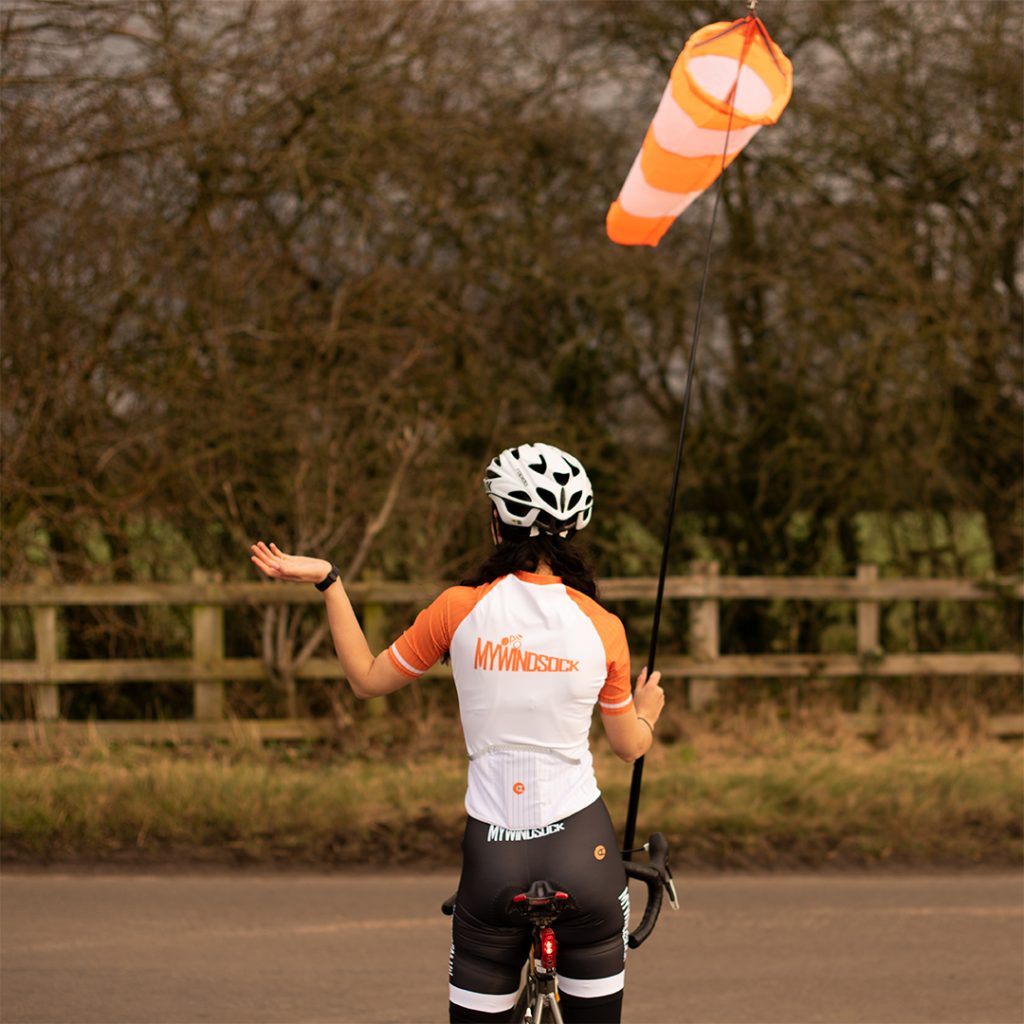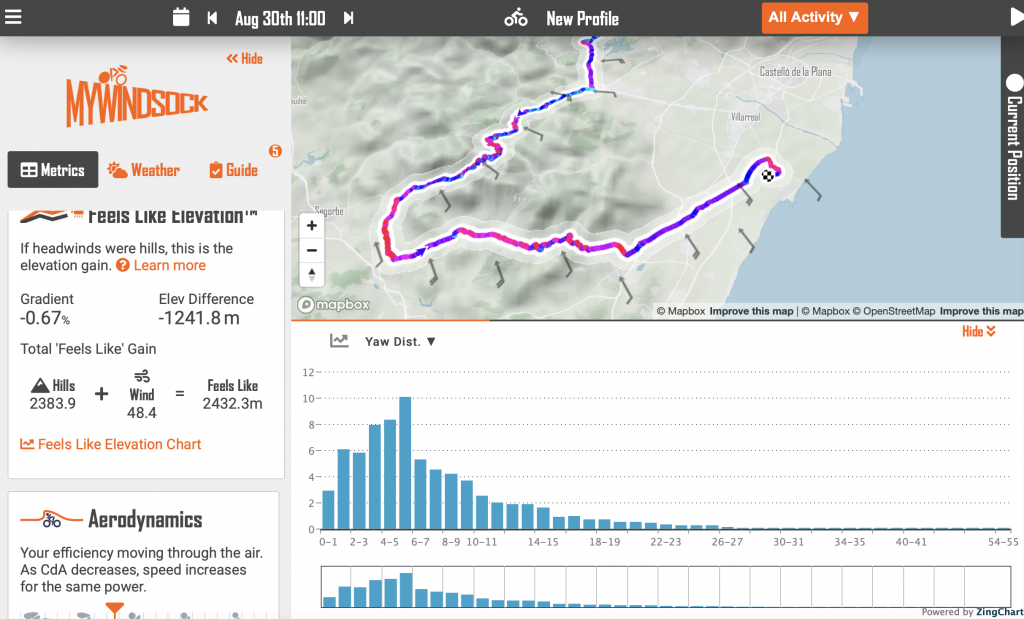
Working out whether or not crosswinds will produce echelons is a key part of any cycling enthusiast’s arsenal of skills. It allows you to answer the vital question – should I bother watching this or just catch up on GCN? myWindsock, as per, has the answer! That said, it’s the sort of thing that is a little easier with a bit of knowledge – though one day myWindsock might have a feature that delves into crosswind likelihood in bunch races… perhaps.
Under what conditions do crosswinds cause echelons? Luckily, in 2021 someone did a study…
In crosswind scenarios, road cyclists encounter additional air resistance and a destabilising sideways force. Under such conditions, a collective of cyclists adeptly adjusts their positioning to mitigate these forces by forming an echelon. This echelon formation involves a diagonal single-file line of riders positioned diagonally across the road. This contrasts distinctly with the arrangements chosen in wind-free environments.
To scrutinise the impact of crosswinds on the drag and lateral forces experienced by cyclists, we conducted wind-tunnel trials using a scaled-down model of a cyclist. By employing a load cell, we accurately measured the exerted forces. Various configurations were explored, involving one, two, and four cyclists, with alterations in yaw angles.
The findings reveal that in a fundamental arrangement featuring four riders at a yaw angle of 50 degrees, a sheltered cyclist within the echelon encounters less than 30% of the air resistance experienced by the cyclist positioned outside the echelon, who struggles against the crosswind along the roadside. Moreover, we demonstrate that the adoption of an echelon formation in crosswind conditions becomes advantageous only when the yaw angle surpasses 30 degrees. At this critical angle, the air resistance on the exposed cyclist increases twofold when the gap to the leading group expands from 10 cm to 1 m (on a real scale).
These outcomes hold substantial implications for devising strategies in road cycling races. They also highlight specific configurations worthy of deeper investigation through more intricate experiments.
The main key takeaway here is this:
The study identifies that the echelon formation is most beneficial when the crosswind’s yaw angle exceeds 30 degrees. Beyond this threshold, the benefits of reduced air resistance are prominent.
How can myWindsock help us then?
We have recently added a host of stage races to myWindsock including all the grand tours, just head to planner and hit “La Vuelta” (the grand tour that’s on at the time of writing) and you’ll see all the stages ready to load into the planner. We originally did this to help journalists and teams out with pre stage analysis but it’s also a handy feature which tells the viewer whether or not they should bother watching.
In fact, as I write this now I have the Vuelta on and a rider from some random continental team is on a hopeless solo break while the peloton enjoys a coffee ride behind him. The key lies in the Yaw Distribution plot…
Steps for working out whether to watch…
- Log in to myWindsock and sign up for premium membership.
- Load the race of your choice into myWindsock’s planner, if it’s not available directly on our site or app then you’ll probably be able to find one from the organisers.
- Open the route and set the speed to something roughly similar to the race.
- Open up the yaw distribution plot…
This tells us the number of minutes across the route where the yaw angle exceeds various points – it’s set into bins.
A rough rule of thumb would be if the total time above 25 degrees of yaw exceeds 30 minutes, something might happen…
Let’s check today’s Vuelta stage…


Yaw angle tells us the ‘effective’ wind angle, it’s the wind we feel when riding rather than the wind blowing on a stationary object. myWindsock has all sorts of features like this which will have you lining up at the start of your next race, chaingang or group ride more informed than any other rider – sign up here.




 UK Time Trial Events
UK Time Trial Events